#890 Podiums, prototypes, and Plato
ESSAY: Unique ways of prototyping
by Thomas Girard
*
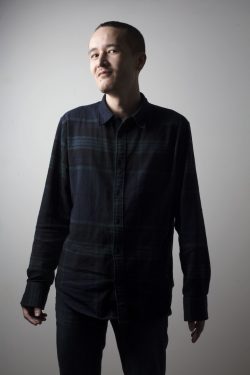
Editor’s note: When asked to define “prototyping” as used in this essay, Thomas Girard replied:
When I talk about “prototyping” here, I’m talking about it in part as I’ve learnt it in traditional design education, at Emily Carr University of Art + Design, years ago. In that realm we broke down the processes of designing into a number of steps, and prototyping was one of them.
Basically, when designers envision and agree on a product to make, they need to make an example first. If it was the design of a shoe, that prototype might be that exact shoe carved and milled out of balsa wood and foam core, not for making lots of, but as a single sample. If it was a website, the prototype might be a picture. Not a working version, not clickable, not accessible through a browser, but instead a sample picture for presentation. It might be seen as a bit of a trick, if you think it’s the real thing.
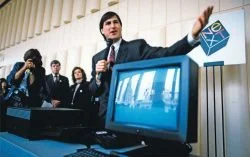
The iconic historical example of this trick is when Steve Jobs presented the Next Computer to a broad audience in a lecture hall in 1988. He actually hadn’t readied the Next for distribution, it was simply a single copy that was good enough to use for presentation. In that context everyone thought it was done. Arguably he fooled the audience into thinking they could buy these on the shelves when there was actually only one in existence, the prototype.
Here, Girard makes fruitful connections between his practical work in Design Principles and Practices and his academic work at Graduate Liberal Studies at Simon Fraser University. He splices a narrative about his design workshops and lectures with reflections on classical rhetorical theory and discourse.
*
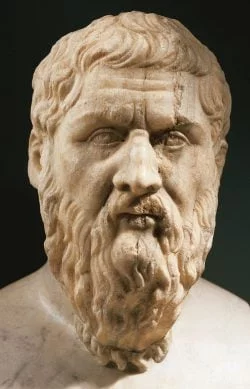
Introduction. Plato inspired me to frame and write about my own speaking in terms of classical rhetorical theory.[1] I contextualize my discussion of my design talks within the more positive ideas of Plato’s student Aristotle, first touching on his three fundamental laws of logic (ethos, pathos, logos),[2] then I move to Cicero and his five canons (inventio, dispositio, elocutio, memoria, actio). Although these are of less interest to me than coming to terms with Plato’s struggle with the morals of rhetoric, they end up being wild areas of exploration and appreciation of the sort of work I am doing in my design workshops and lectures. I organize my narrative according to conventions of rhetorical practice, and in my sub-headings I establish the various sections as elements of a rhetorical discourse. In this way, classical rhetorical theory adds value to what might otherwise be a narrative pastiche.
*
Late in 2019, by invitation I gave a talk at Vancouver tech staple Mobify titled “Unique Ways of Prototyping.” Already nervous, after months of anticipation, I buzzed the organizer to take me up the elevators of the Microsoft building on Burrard. No one was there yet, but very soon people here and there started to shuffle about, unfolding scissor chairs and propping up floor banners. One of them danced with questions. “How do you want these chairs set-up?” It was my first prompt. “Can you leave them separated slightly? — I need it that way for the workshop portion,” I replied. One of them asked, “Like this?” I nodded.

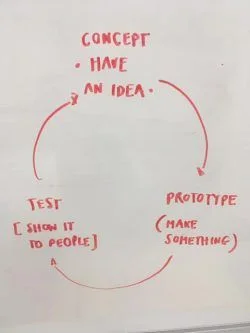
It was already starting to happen. I placed my bottled water by the podium, a trick of the trade to calm nerves and provide a break in the middle of my talk. This was a talk now. This was something different. I had been a lecturer before. I knew the binaries — the audience’s role, the speaker’s role — but this was something different.
Let me start with a big reveal. I will say the punch line is that you can teach digital tools and processes with nothing but voice, nothing but a conversation. A conversation is making. A conversation is prototyping. Let me explain by talking about writing, and how writing is, in fact, making. For how ideas flow from your imagination into the real world through writing, as they appear on an inked surface… your ideas are manifesting themselves. In this way, a manifestation of ideas happens. Writing is also prototyping.
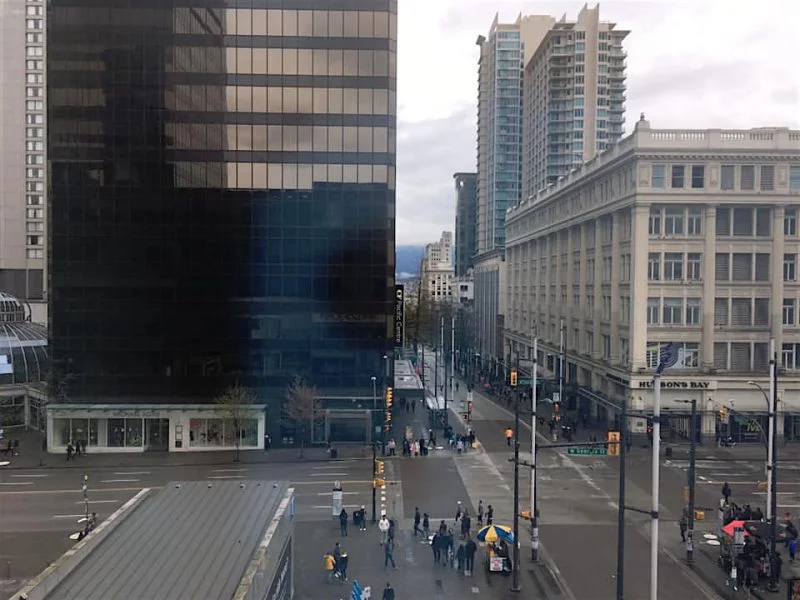
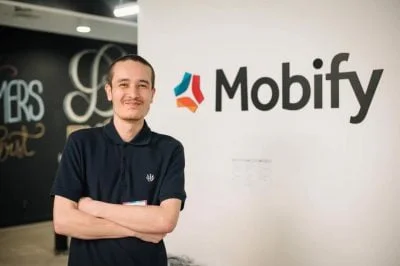
A second slide shows three people in conversation. Here, making is happening as well, this time through voice and more complexity. As a person conveys their ideas, the ideas leave the imagination and become part of the world. They become part of the world sonically. They become part of the world through sound and conversation, and through the conversation the ideas adapt and evolve. This is also prototyping.
And finally, a slide is shown of a round table discussion, where among ten actors, ideas are manifesting through voice, through sound, and through writing, and through a lot of activity. The latter half of the talk concerns how these processes can be used to make digital things. And how at Emily Carr University of Art + Design this is what we do, we make digital things. However, in this entire presentation about prototyping, we never show a computer. We never show an iPhone, an interface, an input/output device. Instead, it’s all analog. which is a fancy way of saying that there actually isn’t any substance here at all.
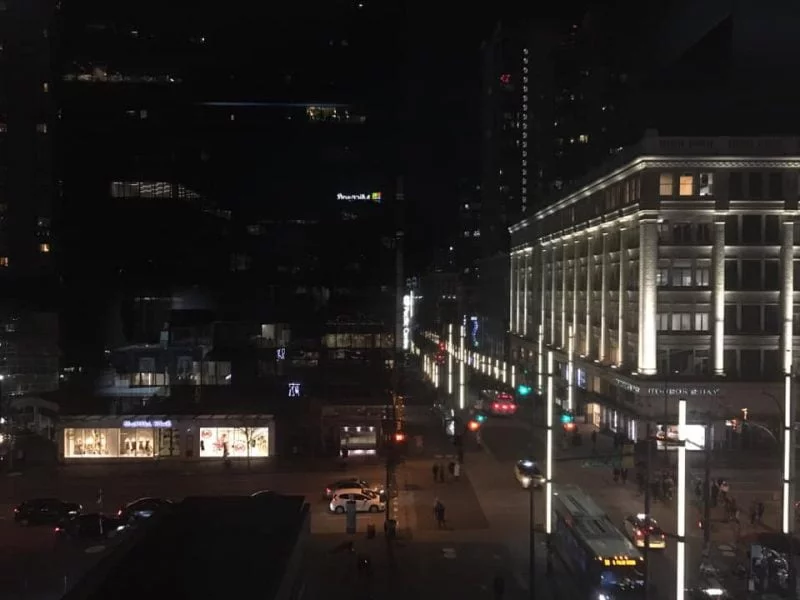

Ethos. One of Aristotle’s modes of persuasion, ethos, appears in a couple of instances during this talk. I will assume a basic knowledge of ethos and rhetoric, as for the purpose of the paper I am only able to note these instances as I reflect on the talks. Through my Mobify talk I’m quick to mention a couple of facts that don’t really tie to the illustration of my journey through “Unique ways of prototyping” at all, and so upon reflection I asked myself why they landed so well, and why I included them. Was it gaudy to include them?

This presentation was somewhat improvised, so I was reading the room in deciding what to say. And two improvised “ethos” things I rely on are my TEDx talk and my Assistant Professor posting in India. As I have come to understand myself better through this writing, I now see these improvisations as Aristotelian persuasive strategies. For example, I mentioned the TEDx talk, even though it is irrelevant to the communication of my personal journey, as well as my linear narrative through the slides. However, when a slide comes up I’m quick to mention, “This is me at my recent TEDx talk.” It consistently grabs attention right away.
The second, and the point I open the slides with, is my work as an assistant professor in India. It’s irrelevant in communicating anything about “Unique ways of prototyping,” but it feels right and helps paint a picture of me. You could say that I employ these two experiences try to captivate the audience by building credibility. When people hear these two things, they listen, and they say to themselves “I should listen because he knows something.”
Penn State
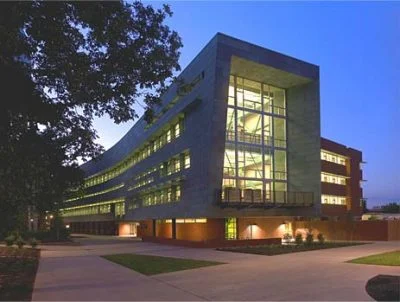
Late in 2018, by invitation, I gave a talk titled “Vulnerability” at Land Grant Institution Pennsylvania State University, at their Stuckeman School in State College, Pennsylvania.
Arriving at Stuckeman School after a good night’s sleep was very pleasant. This beautifully architected space supports an interior architecture program, which, after taking the tour, I thought was simply amazing. They asked, “Do you have research interests?” I was silent. “We have large budgets for research, like all the land grant institutions here. Here, let me take you for the tour.” I was paraded around a beautiful open-plan space surrounded by greenery, in some ways resembling Emily Carr, that provides a space for speaking. “We have a lot of complaints about this space because the speakers’ voices echo into the halls, so it makes recording talks difficult. The tech will come meet you and mic you up after you meet a few people this morning.”
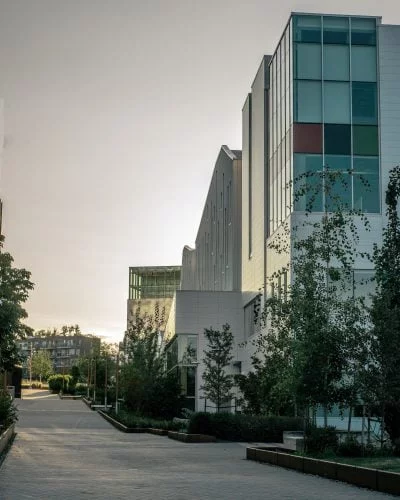
I had a good feeling about the talk. The work of my past student, Amy, in prototyping using a blindfold fabric was so basic and I thought they would love it. I explained how we could build empathy for visually impaired users with her idea. A person with correct vision puts on the blindfold and sees like a visually impaired user. Her project restored circadian rhythms in visually impaired users by introducing good habits that don’t depend on vision.
I kept returning to a focus on people instead of technology, presenting case study after case study about how we were doing amazing things at Emily Carr that take the dependence on technology out of technology related projects. We now design by understanding people’s wants and needs. I showed another slide of rough drawings on index cards of what a related mobile application might look like.
Finally, talking about digital, I introduced the Raspberry Pi, a credit card sized computer that is used in teaching and entrepreneurship. I explained the possibilities of prototyping with the thing. And how easy it was to learn. Time wound down and I ended the presentation abruptly as my iPhone timer went off. “Questions?”
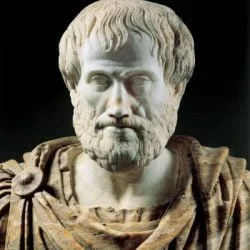
Pathos. In retrospect, my attempt to employ Aristotle’s pathos, a mode of persuasion focused on desire to trust a person, was a mistake. My ideas were overly ambitious for the audience and my abrupt ending made the presentation seem half-baked. I did not address common sense ideas that would help the audience feel they could easily “get it,” and it showed. Only two people came up to me afterwards. I had failed at persuasion. Of course, at the time I didn’t know it, but later it seemed obvious. The clothing I was wearing, crumpled from my suitcase, didn’t help with pathos. My unshaven look didn’t help with pathos. And the kicker, the sonically-unfriendly speaking space, hurt pathos. But anyway, my story continues.
TEDx
In early 2019, I gave a TEDx talk. The theme was “Greater than you” and the venue was Reliance Theatre at Emily Carr University of Art + Design.

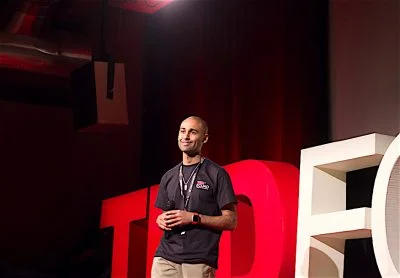
I sat down with Emily Carr University faculty member Scott Mallory, Jr. He was wearing a black ball cap and a black and red lanyard that repeated TEDxECUAD over and over. His brown skin surprised me. “I don’t know if you really want to do this.” He was already trying to turn me away. He went into a speech. Finally, he asked me what my “idea worth sharing” was, which I hadn’t even thought about. “Spending time in airports,” I blurted out. “Bwa ha ha ha! I can relate to that,” Scott said. He continued, explaining. “You would be a backup. You can come for the rehearsals though.” That was February 2019.
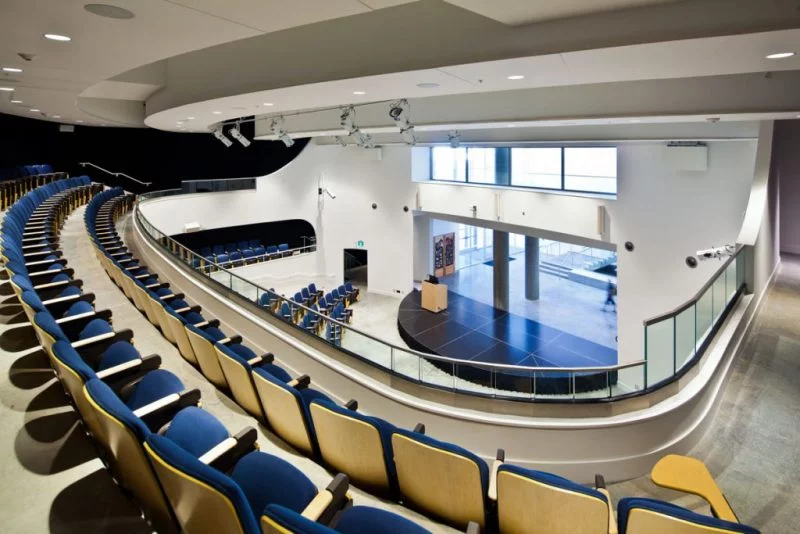
 And from there I would arrive at Reliance Theatre every Saturday. I perched my iPhone against a wall on video recording mode. I wanted to see myself. Sometimes I would even go during weekdays. The theatre was empty and I would recite to an empty room. “Another dropped,” said Scott. “That’s four drops. I’ll confirm you over the next day or so.” The minutes felt like hours as I awaited that confirmation. Nothing came through. I messaged Scott. “Yeah, yeah, you are confirmed. A bunch of people dropped. You’ll be the only faculty.” A formal email came through. I was speaking at a TED.
And from there I would arrive at Reliance Theatre every Saturday. I perched my iPhone against a wall on video recording mode. I wanted to see myself. Sometimes I would even go during weekdays. The theatre was empty and I would recite to an empty room. “Another dropped,” said Scott. “That’s four drops. I’ll confirm you over the next day or so.” The minutes felt like hours as I awaited that confirmation. Nothing came through. I messaged Scott. “Yeah, yeah, you are confirmed. A bunch of people dropped. You’ll be the only faculty.” A formal email came through. I was speaking at a TED.
“For as long as I can remember, I wanted to travel all around the world,” my voice echoed, “but it turns out my favourite places to be are the airports. I realized this was true when I found myself boarding a plane to Seattle just to visit their airport.” Scott laughed.
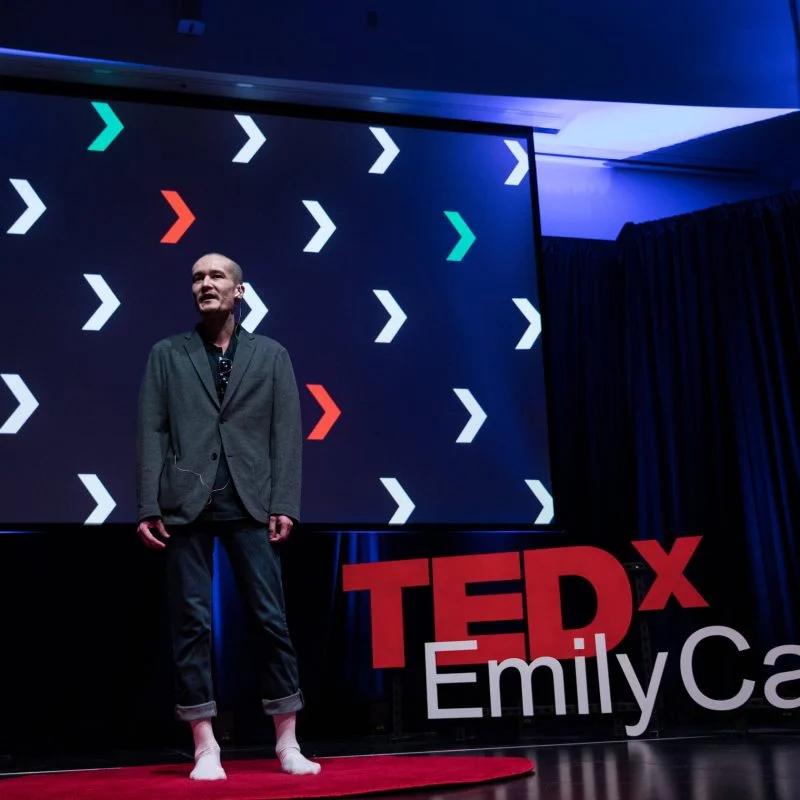
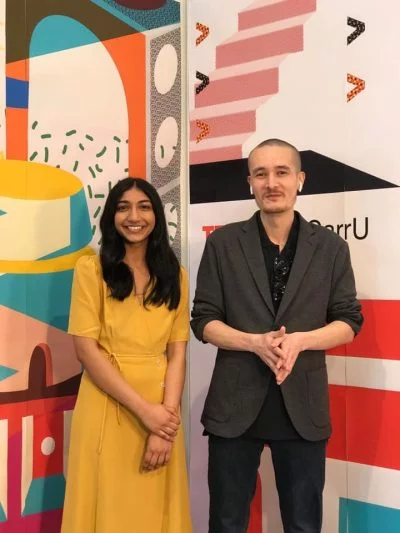
We were in final rehearsals and I decided not to wear shoes. Somehow it felt right without shoes. The talk was about that comfort. About craving things that are familiar. About craving things that feel like home. Scott had changed the order of some phrases around at the last minute in my script. “Another time I was on my way to Barcelona and I was dreaming about Barcelona things.” I recalled that trip to Barcelona where I received an emerging scholar award, and tried to make it relatable. “Eating Pan con Tomate, sipping a Tempranillo.” The audience laughed. I could feel their warmth.
“It’s different now!” said Scott. “But we can work with it.” I tried to tune Scott out. Everything went dark. The intonation of my voice changed:
So, next time you are on a plane, think about some of these things. The Diet Coke, tomato juice, Christmas, two-ply toilet paper, seat belts … even think about Hollywood movies. And think about how these things might remind you of home. Maybe you’ll find yourself on a plane too. Just to visit: an airport.
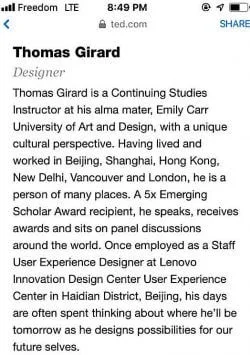
I waved to the audience as I walked off stage.
Logos. Viewed through the lens of Aristotle’s Logos, it now makes sense how I pushed this talk through. I pushed this talk to be accepted. It probably started when I realized that my talk idea was exactly what Scott wanted. I reasoned at every angle how it was for Scott: how it was about travelling a lot, which Scott did. It was about always being in airports, which Scott often was. It was about helping solve the problem of being short on speakers, which Scott had as well. And my talk was safe. After Scott did the ghost writing of the first paragraph of the talk, I memorized it word for word and recited it that way too. It was exactly what Scott wanted. Scott is a reasonable person and by my reasonable measure, this talk was making it in. The appeal to the audience would also be decided by Scott: the cadence, the segues, the gestures. the timing. Scott’s vision was clear and I was going to follow it. This was a talk based on reason.
Microsoft

In Oculus VR [VR = virtual reality] environment “Altspace,” I’m asked to host “Unique Ways of Making” every Friday from 4:00 PM to 5:00 PM (PST).
“The future is now.” A comment came through in WhatsApp. Microsoft had just acquired Altspace, and there was a lot of excitement around VR. Yunji — that’s her avatar name — who works at Microsoft Altspace had walked me through how to run a VR event in Altspace. “If someone opens a portal, just open the host panel and you can kick them. You can ban them here.”
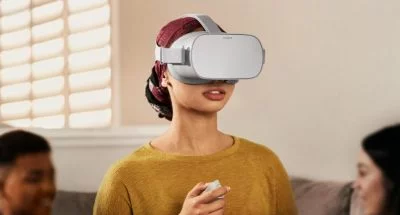
I’ve been putting on my Oculus VR goggles to enter Altspace, checking out the stage, pulling up my slide deck in VR. It’s probably one of the biggest venues I’ve presented in, as the stage feels like it commands attention, the upper level and outdoor balcony provide unique views of the stage, and a nice place to mingle afterwards with the vehicle traffic noise in the background. There is plentiful capacity for a good-sized audience.
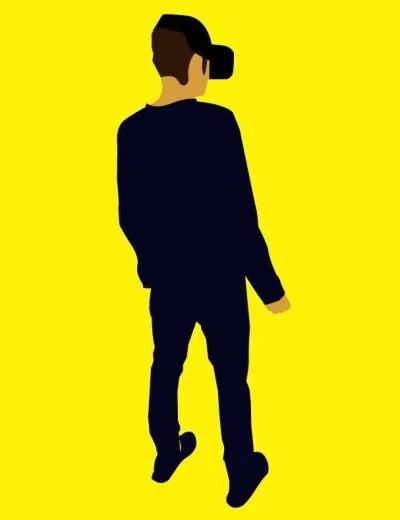
The catch? None of its real. Or rather, it’s all in virtual reality.
Dorothy986 (her handle) and I became friends in Altspace, and she agreed to moderate the event. I muted the audience. With my Oculus headset half on, so I could still press the forward key for the slides from my keyboard, I began speaking. It was mostly the same as a talk I had given before, but I could tell that I was grabbing the audience’s attention, which is more or less an impossibility in VR.
“Can I get some heart and clap emojis?” Heart shaped red icons streamed above the avatars’ heads in the audience. “Okay once more in a selfie this time! Wait — my eyes were closed. Once more. Okay, awesome! Awesome!” It was awesome. “Writing is making. And talking — conversation is making, you know that now….” Dorothy986 kicked a couple of people “And here we have a group of people in a round table discussion, so complexity, complexity in the making. I’ll round out the slide deck with a class I’ve taught at Emily Carr and then we will go into the workshop.” I was excited. New Age stuff! That’s what my aunt calls it. I told her it’s actually not that new anymore.

Plato would agree. This was his apprehensive rhetoric. My audience was filled with secondary school kids whose classes were cancelled due to the Coronavirus. Others were friends of friends. These were masses waiting to be convinced. Waiting, waiting, and ready to believe what I had to say, as long as I put a little gloss on it. Massaged it a bit. This was not the kind of public speaking I enjoyed, because it didn’t require any effort to try to be authentic to land well. To try to reach people; to try to connect. All that structure had already been established. And so my well-intended talk, my well received talk, fell flat in my mind. But in the audience’s mind it worked wonderfully. And afterwards my talk would be praised. Like a Plato rhetorician, focused on a talk divorced from content, it convinced anyway despite its VR deception and untruth.
Unique Ways of Prototyping for Idea Validation
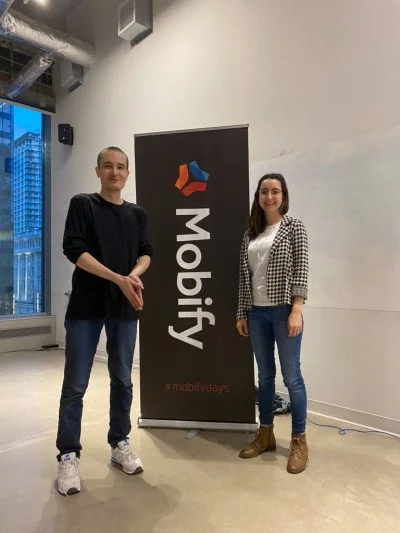
In February 2020, I gave a talk to Mobify in the Microsoft building in Vancouver to attendees. “Unique Ways of Prototyping for Idea Validation” was something new.
I stood as attendees arrived. Some nice teamwork pulling chairs off the hooks for 83 attendees fell short, and some would be standing or sitting on the couches in the back. This was a big audience for me, but I did not feel the nerves. Organizer Dilan Ustek had brought in her whole network of meet-up.com researchers to watch me speak about research, an area I would love to learn more about. An area I knew little about. But I wasn’t nervous, I was this content and this content was me. I knew it well. I lived it and that’s how I would present it.
Microsoft had done an amazing job taking a spot in this skyscraper where I would give my talk. Glad to be back; I was ready. Mingling and pizza turned into a rush of people for the seats, but the number was perfect. For a pay-to-attend talk, just the right number showed up. And I was ready: ready to be vulnerable. Ready to be relatable. Ready to be interactive. I pulled up the slides on the MacBook Pro for a last glance, a nice professional photo of myself stared back at me. “Thomas Girard” it said. “That’s me. I am Thomas Girard.”
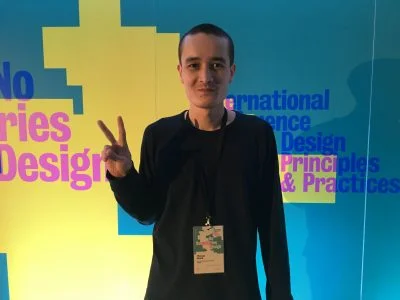
“And this…” A long breath followed and I was having trouble speaking. “…is at TEDx after I had given my talk. Three of us are in conversation here.” Something was happening with my speech, I could not finish a sentence without taking a breath in between. Fear of public speaking: nothing new. Quirky Thomas Girard. Nothing new. They all know you are quirky. “And that conversation is making.”
I landed that vocal full stop and felt my confidence come back. I was in it again. And then my mic died. Almost simpatico a volunteer passed a back-up to me, and then offered to forward the slides on my MacBook Pro keyboard for me. Supporters, so nice to have support. Everything would be smooth from then on.
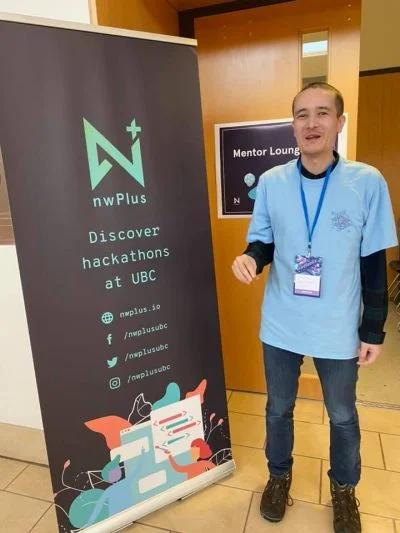
“So, any Oculus users?” I asked. “Just one? That’s so bad!” The audience laughed in tandem. “Okay, for the workshop portion one of you is the Oculus and one of you is the user of Oculus. I’m going to set a timer for ten minutes for you all. Ready?” They burst into conversation with each other. I grabbed my mug of water and took a sip, and just watched and eavesdropped. I made this! I made this happen. I was beaming. I paced around the stage a bit and checked the timer a few times. I looked at the volunteers and they looked back at me wide-eyed, as if they were asking me how I did it. I did it. It was happening.
Plato would have seen this, in his early ideas about the formality of rhetoric, as a good example of his kind of rhetoric. This was my third time at Mobify as a speaker. I started losing track of what was coming out of my mouth; as an orator I was just vocalizing. The rhetoric that has nothing to do with the content. A decorated, embellished blob.
Suburbs
 In 2019 I gave a “Unique Ways of Making Things” talk-workshop at Richmond’s Culture Days, to an audience of 3. My dad, Greg Girard, was one of those in the audience. “You should charge,” he professed. “Greg, I think we have different ideologies,” I replied.
In 2019 I gave a “Unique Ways of Making Things” talk-workshop at Richmond’s Culture Days, to an audience of 3. My dad, Greg Girard, was one of those in the audience. “You should charge,” he professed. “Greg, I think we have different ideologies,” I replied.
I ended the email thread there. Again, more of the same from my dad. The truth is I was happy to be included in the Minoru Precinct at Richmond Culture Days. I really did feel like it was a big win for me to have that space. It was the start of something. Besides, I just wanted to spread my ideas.
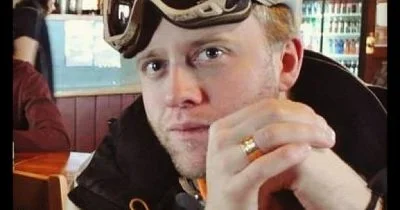
“So, it’s 80 dollars to use the projector for the day.” “Okay,” I replied. Thank goodness my dad wasn’t there yet. Three people showed up. Cleveland Stordy was one, a friend who agreed to be a videographer, and another was my dad. The two of them sat in the back of the room chatting. “I’ll do a second running of the talk in about 15 minutes,” I asked. Can you tell people?” I was competing against a popular workshop next door in the auditorium, the main event there. My dad left after the first presentation and I gave an intimate presentation to a couple who came in and mainly wanted to do the workshop. They thanked me and said how great it was. I was happy. Cleveland stayed to the end. I wanted to repay him. “Beer and pizza?”
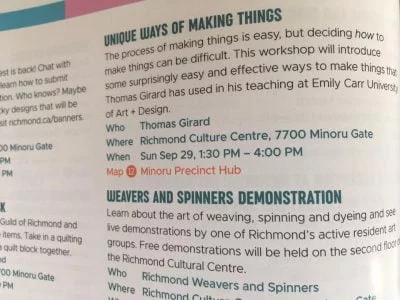
A kid and her parent and a couple of seniors sat at the boardroom table. “So, I’m super glad to be here at Richmond Culture Days! There are so many great events going on right now and I feel privileged to be a part of it!” I did feel privilege. But I was talking to an audience of five people. And I was nervous. As I progressed I got into the swing of it. “This is the first time I’ve run this event as ‘Unique Ways of Making Things.’ Ordinarily I run it as ‘Unique Ways of Prototyping.’”
I had only run it a couple of times. I faulted myself for my lack of authenticity. “Questions?” Then conversation filled the room like a warm blanket. These people, sparse as they may be, had been touched. They told others to come and watch and stay. They felt it was something special. And they stayed. They stayed to ask questions. I could run this again. I would run this again.
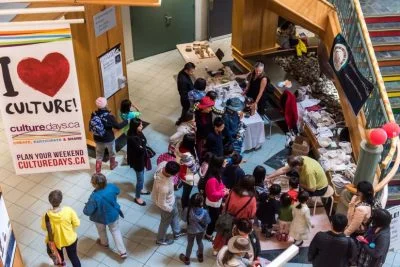
Inventio. I started with a blank browser tab. I started typing in queries. Vancouver. Call for speakers. Nothing came up. This was my inventio phase. To find or discover. The bing of an email notified me of another email. Subject: Richmond Culture Days. Hm, that might work. Here I was coming up with an idea. I thought back to my friend, Stephanie Ostler, a TEDx speaker, who, early in her career, worked the craft fair scene selling women’s lingerie, which wasn’t that much different. Compose. “I’m interested in running a workshop at your event…. Thanks in advance.” Send.
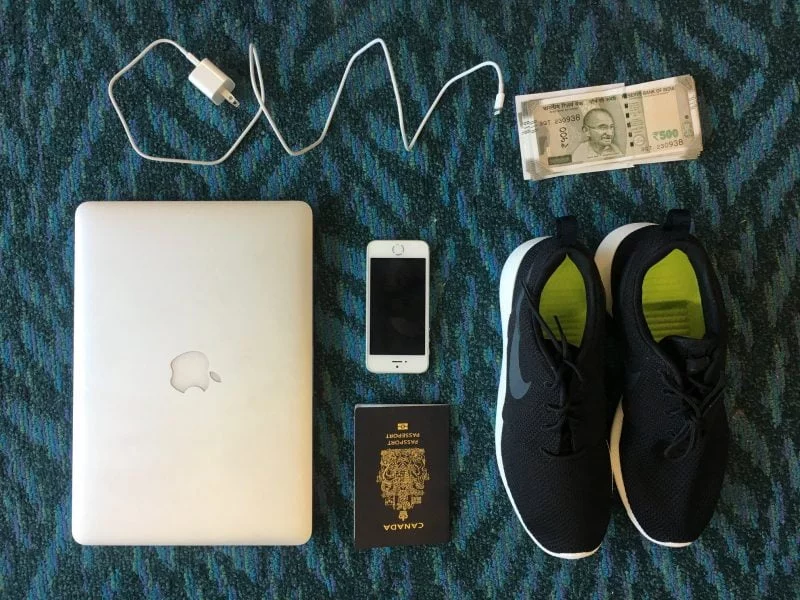
Bangalore
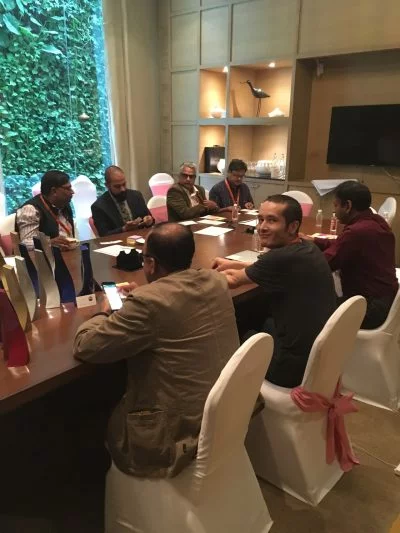
A roundtable discussion in Bangalore, at India’s UX [UX = user experience] conference by way of appointment as Assistant Professor at a university near Mumbai, 2018.
We don’t have a ticket. Fuck. Get Ashish on the phone. “We’ve flown in from Ajeenkya DY Patil University.” I watched as that very phone call turned our presence from odd suspicion to miraculous welcome. “So, we don’t have a lanyard for you — just write your name on here.”
It was a packed hotel. I had no idea there were so many designers in Bangalore. I checked my phone again. “We would like to invite you to be part of a round table panel discussion for design heads.” My luck was turning. “We would also like to invite you to be part of a round table panel discussion for design educators.”
I entered the little room and once again was startled by how nice it was, and how ugly it was outside, the huge division between those who are included in these sorts of things and those who are not.
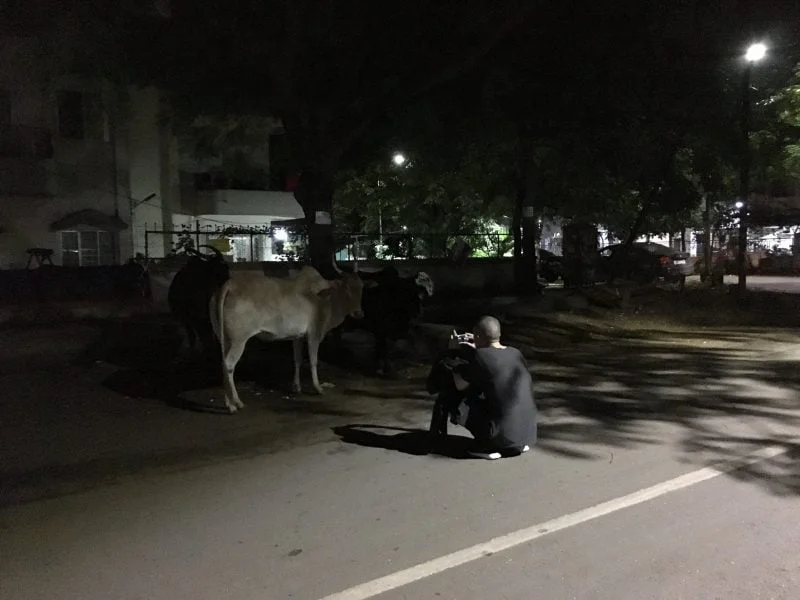
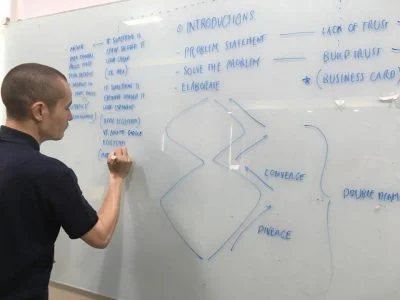
“Stay.” I told my student from Ajeenkya DY Patil University who was chaperoning me, as the professor, around the conference. “No, the invitation was for you…” “Let’s get a coffee first then.” We approached a server to get a nice strong 4-star hotel Americano, a virtual unknown in India. “Coffee time is over. Hold on.” He went to fetch the head server. “Just sit in the lounge it’ll just be a moment.” Cookies accompanied the coffee.
“Polymath!” The panellists jutted their heads and looked at me. We were mid-way through the round table discussion making sticky notes and I hadn’t said a thing. The word polymath would later find its way into the main presentation. “It’s a person who has expertise in more than one area. A renaissance man of sorts. It’s hugely important.” A sticky note went down into the cluster with polymath on it. I proved myself. I was vetted.
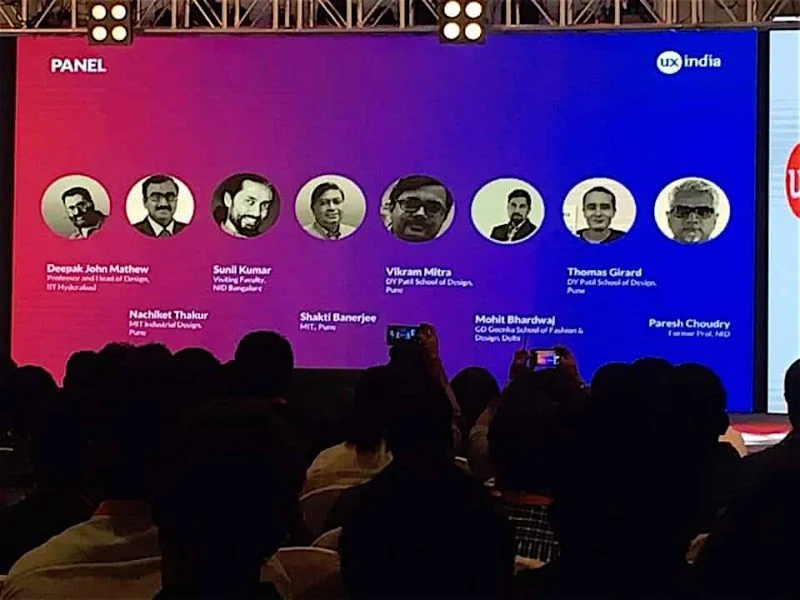
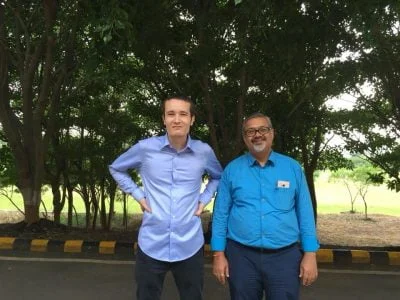
The Heads of Departments and tenured professors continued to make sticky notes as if they were doing round table panel discussions like this every day. But I was included now. My sticky note was in. Months later I would look at a photo of the event, my white skin among a sea of brown. I belonged.
Dispositio. The structure or skeleton of content for my panel discussion invitation was never a consideration. At least, I don’t think so. But there I was, waiting… waiting… as ideas came onto the sticky notes and made their way into clusters. A note taker vetted the best ones. Then, as if on the river at a Texas Hold’em table, I went all-in. “Polymath!” I used to be a card player and realized I had internalized that structure. From that point I would limp in, as you do when you are ahead in poker. Did I win? I looked up at the stage seeing the next slide. Design Heads Roundtable discussion. There it was. The word. Polymath.
Wearables
In March 2019, by invitation, I was a speaker in a panel discussion at Vancouver tech company ACL, on “UX [user experience] Design in Wearable Technology.”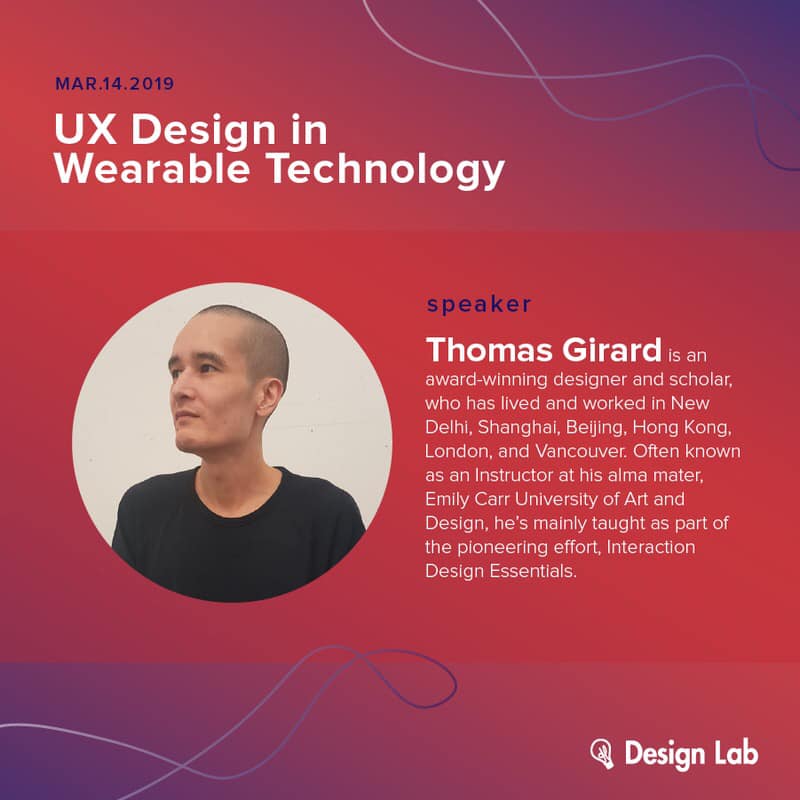
 Greeted by security, up the elevator I went and arrived in an empty space. I looked around for signs of life. None. But this is what I wanted — to feel the space and my presence in it. To know the space, before anyone arrived — before the activity and conversations and Q&A, before the mics and slide decks and banner stands and volunteers — just me and the space. I rummaged through my backpack for my Nike Rogue Ones, the same ones Tim Cook wore when he opened the Apple store in Palo Alto. Eventually organizers started to appear.
Greeted by security, up the elevator I went and arrived in an empty space. I looked around for signs of life. None. But this is what I wanted — to feel the space and my presence in it. To know the space, before anyone arrived — before the activity and conversations and Q&A, before the mics and slide decks and banner stands and volunteers — just me and the space. I rummaged through my backpack for my Nike Rogue Ones, the same ones Tim Cook wore when he opened the Apple store in Palo Alto. Eventually organizers started to appear.
I put on my Rogues. Luck was on my side now. I sat in the corner as the gears of the event started churning. It had been a while since I’d had such an inviting welcome in Vancouver, and I felt some imposter syndrome as I waited for the other panellists to arrive. “Will there be a photographer?” I asked one of the pink shirts. People started to trickle in, checking in at the makeshift check-in desk. It was a free event and the room would come to fill itself. I hadn’t asked about RSVPs. “We’re so glad to have you here, Thomas. You’re at Emily Carr now, right?” All I could think about was wearables. And how I was going to talk about wearables. I don’t remember being particularly nervous, but the nerves always kicked in at events like these. That would never change. I felt like it was my first day of art school again.

“No, no, no, no, no,” I blurted out. A knee-jerk reaction. “UX [user experience] should focus on people — why are we emphasizing the technologies?” Blank stare from the moderator. Blank stare from the audience. What was I doing here? Another emotional outburst from Thomas. They continued the panel as if I hadn’t said anything. Umph. The discussion floated by and I stared off into the distance. “Are you okay? I’m so sorry!” The moderator approached me afterwards. She was an elementary school teacher by day, completely oblivious to the fact that she was somewhat out of place. “Yeah I’m fine, thank you so much for running this! We were so lucky to have you!”
Elocutio. If we denote vocal modulation with a good talk, I was on the ball. “How can you not think about the people?” I wasn’t sure if I was screaming at the audience or the other panellists, or the MC. But I was screaming, screaming at someone. I had been mute the entire time and finally kind of erupted. I was glad to be on the panel but I was also aware that I might have been the only person who was qualified to be there, at least in my mind. I went back to being mute. The MC queued me to respond to a question, I looked around the room. There was Eva, a past student. From then on I would talk as if I was talking to her.
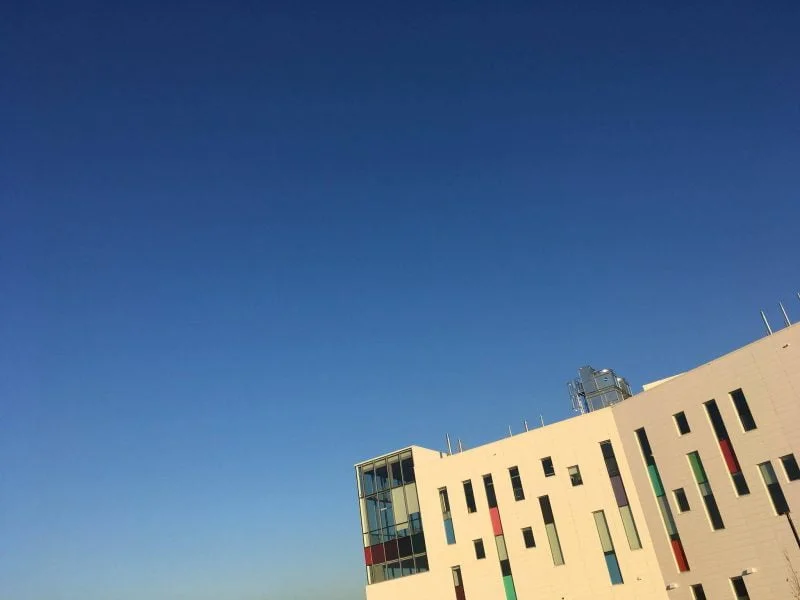
Climate Change
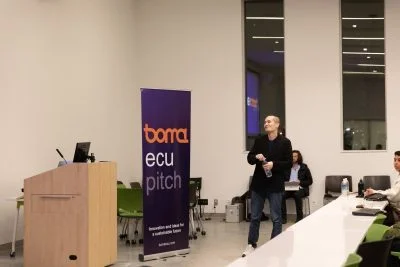
Panel Discussion on “Climate Action” at Emily Carr University of Art + Design, as part of Boma, a global for-profit speaker series where I would emcee.
“I’m thinking of doing something involving a panel discussion down the line…” During preparations for TEDx, Scott, the organizer, was seeding our conversations. I would later come to know that he was hiding a great deal of information from me, information he would use to weave a beautiful story about his second event that he wanted me to be part of. As he finally explained that second event, I admit that I was seduced. But I wanted to do it. I wanted to see Scott succeed. And I wanted the people around me to succeed. And I would do this by raising the bar, by doing this myself. I didn’t mind the extra work. But it was only a couple of weeks before the event and everything was still very ambiguous. I sent a disgruntled email asking Scott if he wanted me to emcee this whole thing, explaining that would be a very different beast. “Yes,” he said.
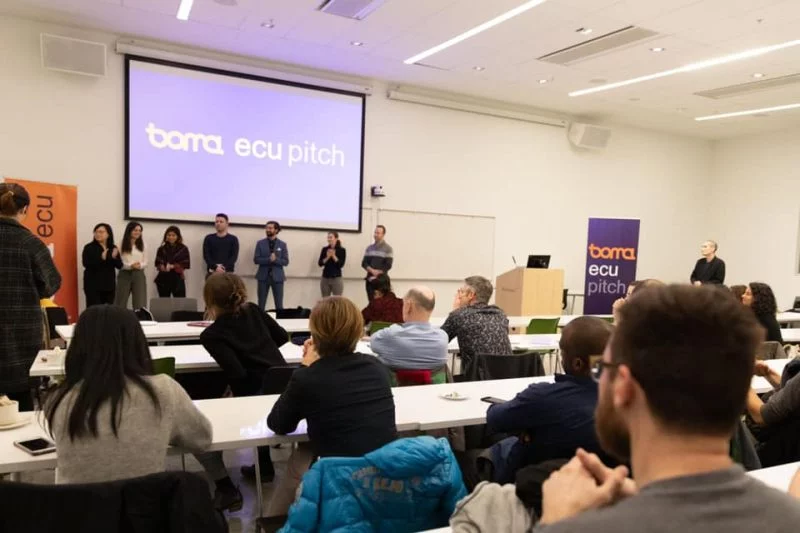
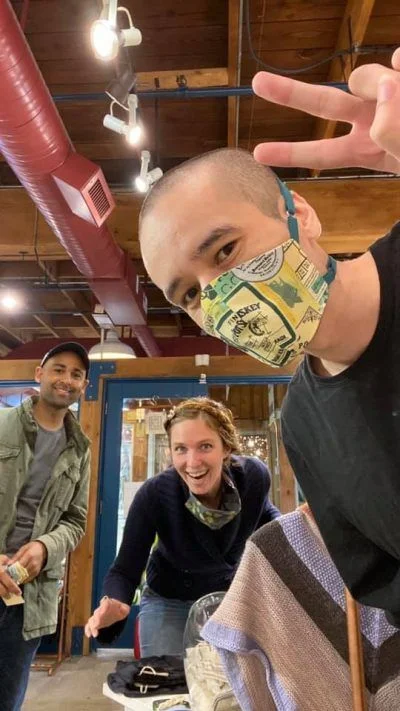
Cartem’s donuts had already arrived. The beautifully decorated nourishment separating the massive hall from the hallway. The blinds were closed, and Stephanie was there already. She greeted me and I put on my presentation sneakers, preparing for the photography and videography of the event. “We gather on the unceded Coast Salish territory….” I was on autopilot. I wasn’t comprehending what I was saying, the words just flowed from inside my corporeal self and out my lips. I was nervous and there were blips and blobs getting in the way of it being a clean introduction.
I quickly turned it over to the select panellists. They were all eager to promote themselves, telling long-winded stories about what they had been experiencing, not so much about climate action but more business in general. They laid it on thick and the audience sat quiet. The room acquired the ambience of a traditional lecture. This wasn’t what Scott wanted but this is how it was unfolded. This was supposed to be an experiment. I looked at him and could see his frustration. He was supposed to give me signals. Five minutes. Two minutes. Cut-off. Wrap-up. I interfered as a conductor might guide an orchestra. I was fumbling a bit but they looked to me to move things along, and so I did. I was emceeing.
Memoria. They say that you can’t recall it if you never knew it. Sitting down with Scott Mallory at Cartem’s Donuts on Main, I sighed a big relief as he pulled up a deck and walked me through what Boma was. It was all new information. “I was thinking you would stand here, and after the first panel you might argue into the student presentations. You might say something like….” I was walking through Olympic Village saying out loud the words Scott spoke to me, internalizing them. There was some improvisation, but basically I was going to say exactly what I remembered Scott saying to me. At times I would deviate, but I would always return to that memory. The coffee shop. And Scott. That was all I knew and all I could draw from. Until the bing of the email client brought me more ideas from Scott. More to draw from. But I was always nervous. Nervous that a next email would come from Scott which would change my ending. Because I couldn’t un-remember his advice, which was less advice and more direction to be implemented.
Community Centre
Giving back to 9-14 year olds at Hillcrest Community Centre, Vancouver.
“Here’s your class list.” I wasn’t paying attention, my eyes were gliding around the beautiful facade wondering how I ended up here. I was in a daze. I reminded myself that I wasn’t getting paid for this. But it didn’t matter to me. I was seduced by the architecture of the community centre. I grabbed the list and we walked down the narrow hall, which felt expansive as it overlooked the ice rink, high netting protecting the glass we stood behind from flying pucks.

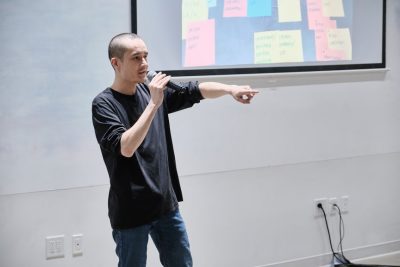
Eventually we arrived at the room. A worker started pulling out a table. “Let’s do a couple of tables and 6 or 7, no let’s do 8 chairs,” I said. As the chairs were laid out I repositioned them and took out my iPhone to photo document it. I glanced again at the class list, then repositioned the frame of the camera, but again became seduced by the architecture and started cropping in ventilation ducting and exposed beams that lined the ceiling into the photograph. The floor to ceiling windows overlooking the park made their way in as well. I reminded myself that this was a photo of the tables and chairs, and the stack of pink paper, the environment for my workshop.

A small girl dressed all in black sat at a table by herself. Her mom explained to me her trouble communicating in English. “Many people are visual learners,” I explained before going into my abstract about the workshop. I talked about the use of time, and how when we are bound by time, interesting things happen. I talked about how we need constraints to be creative, and referred back to the idea that all we use is a piece of paper to make something, without any additional tools. No pen, pencil, tape, glue, nothing. Just your hands and that piece of paper. I also talked about how we were to use some of that hour to make a story about what we made. It could be about design or interaction design, and what you might imagine it to be at this point. They looked up at me. “Can we at least get some pens and pencils or something?”
Actio. It was a snowy day in Vancouver, and I had only one participant. We called them snow days, when everything in Vancouver shut down. It must have been half way through our session when I asked her how old she was. Ten. How do you talk to a ten year old? I rifled through my vocabulary trying to pick accessible, fun, adventurous words. We would go on an adventure together, a journey without leaving that community centre room, without venturing into the snow. My words would take us there. As I picked the words I decided on the journey. I looked at her smiling and realized she could see the destination.
“What’s this?” I led. “It’s a fish,” she said. She spoke in broken English, but I could tell it was an act. She could have made anything she wanted. But it wasn’t just a fish, it was a fish of performance, clad with intricate scales, fins that breathed life into the paper. How did my words get us there?
*

Thomas Girard has a B. Des (Communication Design) from Emily Carr University of Art + Design (2005). He was employed in 2011 in Beijing at the technology company Lenovo as a Staff User Experience Designer. At the Innovation Design Center he worked on high profile User Experience Products for the China market. In 2017-18, at Emily Carr University of Art + Design, he taught degree-level courses in Mobile App Design, Interaction Design Principles, and Prototyping Interactions. Since 2019 he has been an MA candidate in the Graduate Liberal Studies Program at SFU. He has also been accepted for graduate studies at the Royal College of Art, London.
*
The Ormsby Review. More Books. More Reviews. More Often.
Publisher and Editor: Richard Mackie
The Ormsby Review is a journal service for in-depth coverage of B.C. books and authors. The Advisory Board consists of Jean Barman, Robin Fisher, Cole Harris, Wade Davis, Hugh Johnston, Patricia Roy, David Stouck, and Graeme Wynn. Scholarly Patron: SFU Graduate Liberal Studies. Honorary Patron: Yosef Wosk. Provincial Government Patron since September 2018: Creative BC
“Only connect.” – E.M. Forster
Endnotes:
[1] Plato. Gorgias. London: Oxford University Press, 1994.
[2] Rapp, Christof, “Aristotle’s Rhetoric”, The Stanford Encyclopedia of Philosophy (Spring 2010 Edition), Edward N. Zalta (ed.), URL = <https://plato.stanford.edu/archives/spr2010/entries/aristotle-rhetoric/>
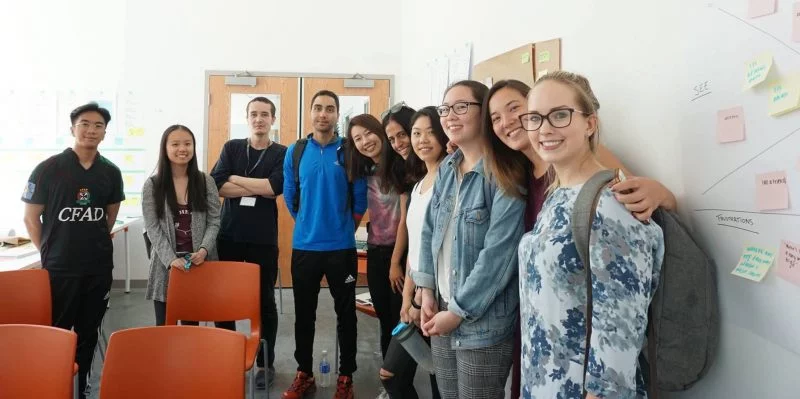


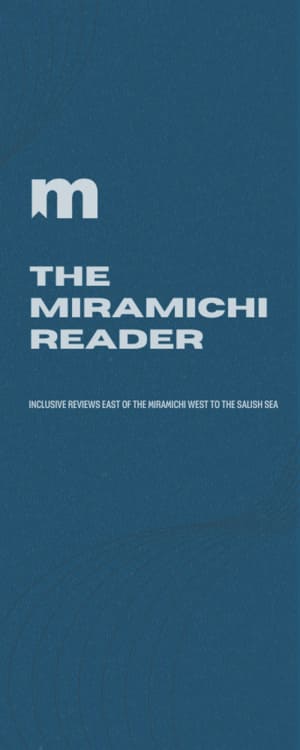
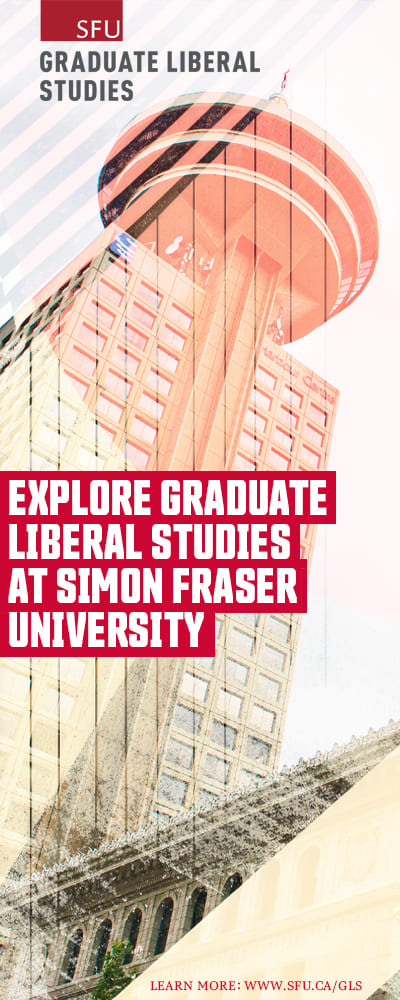
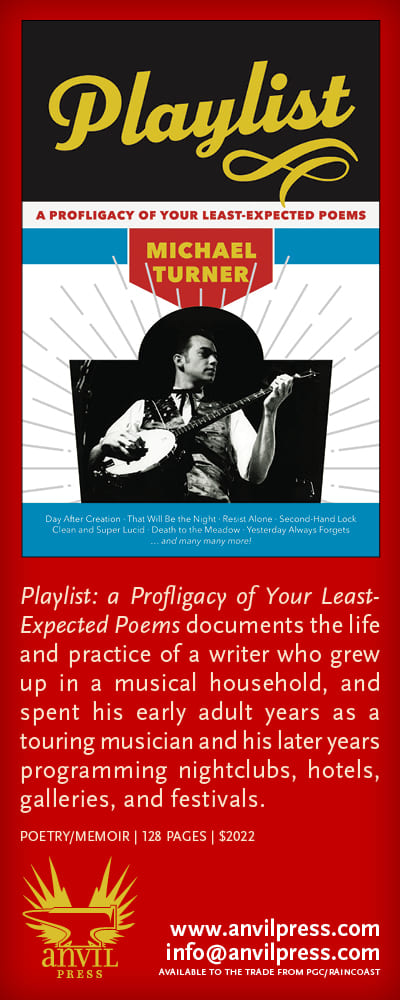

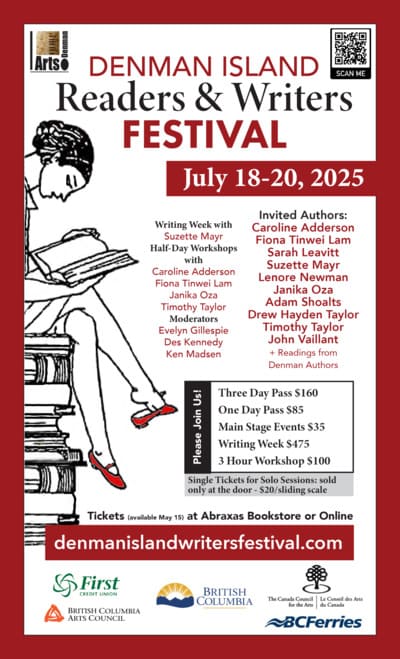

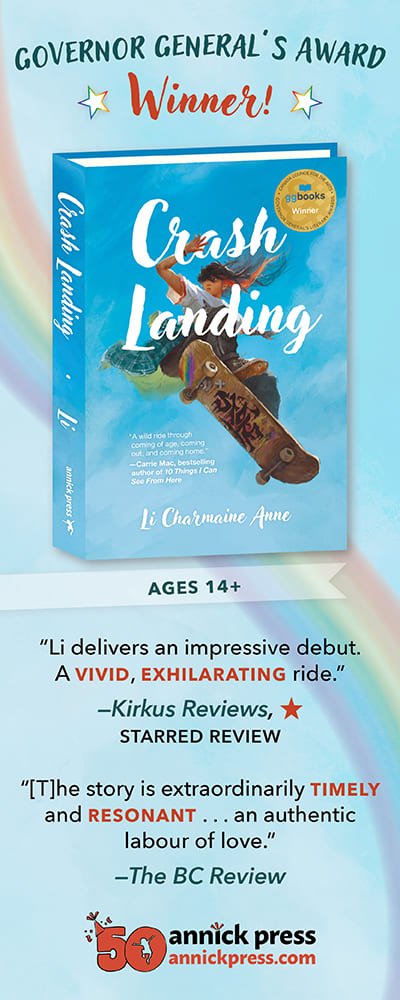

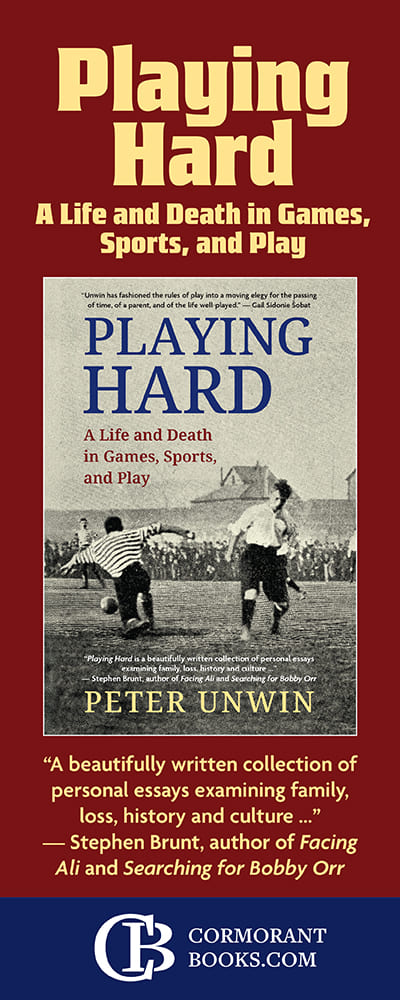
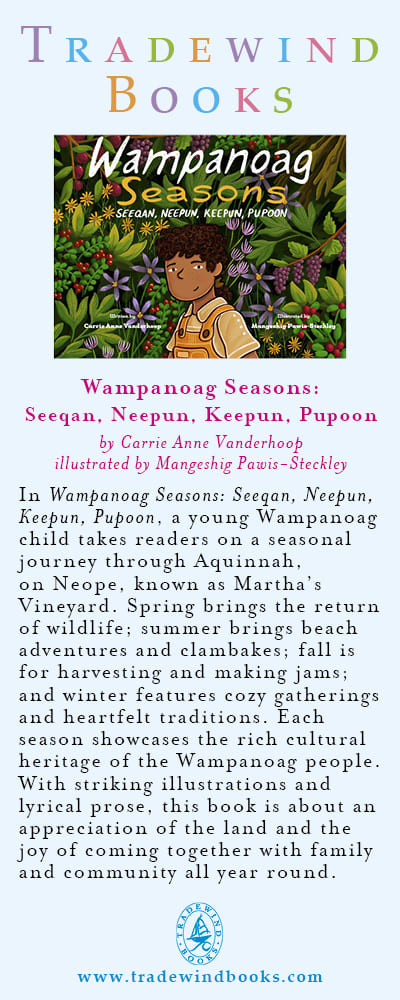
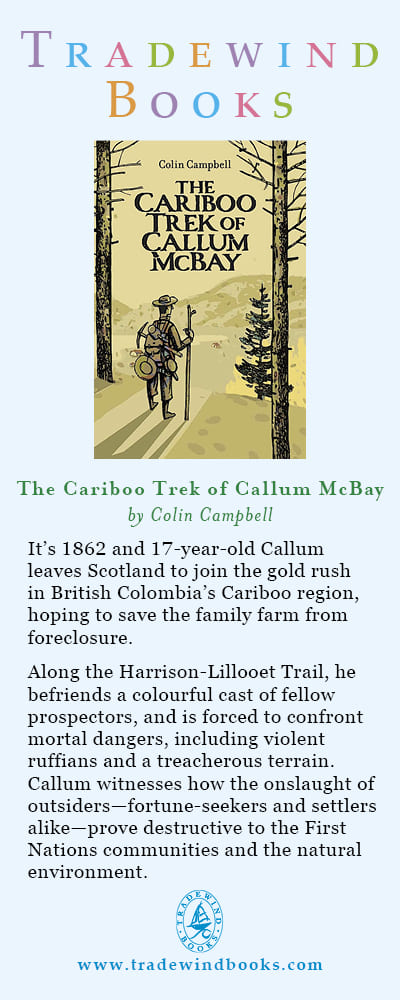


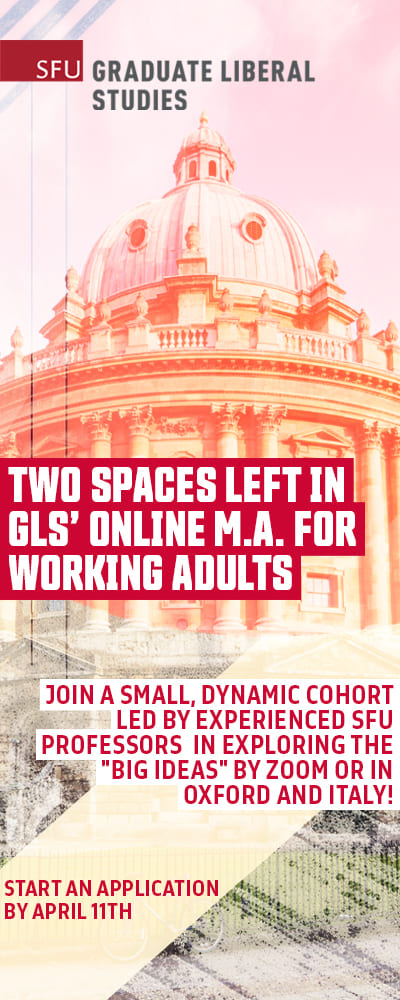


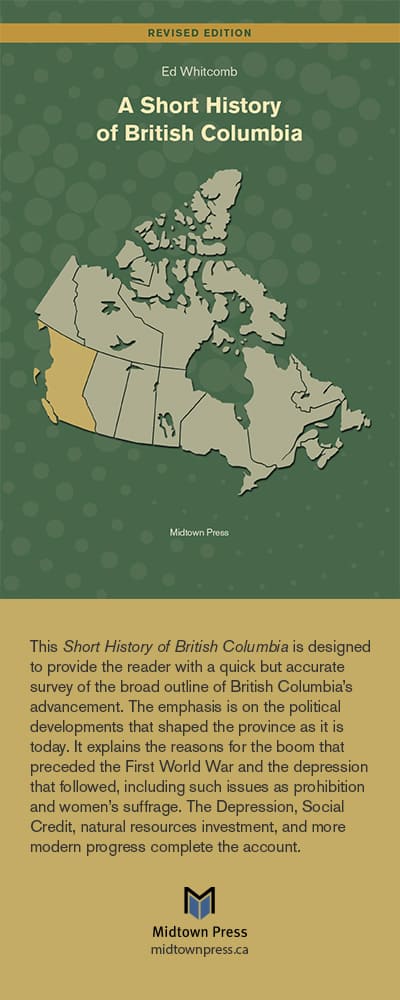
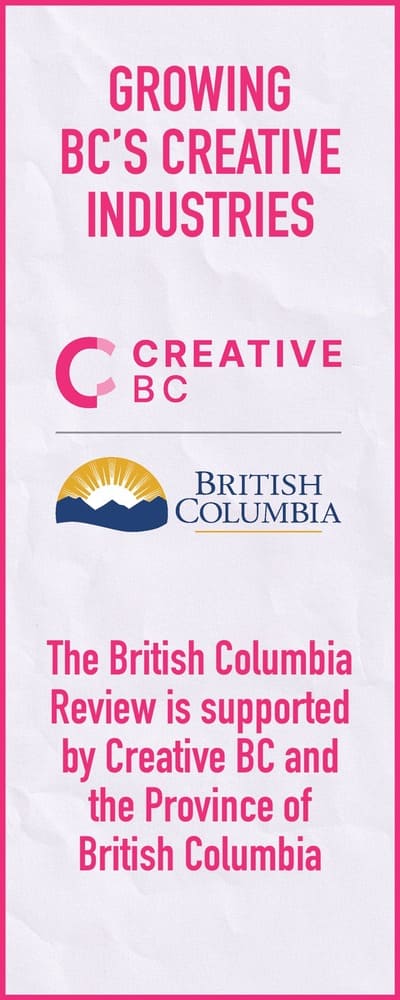
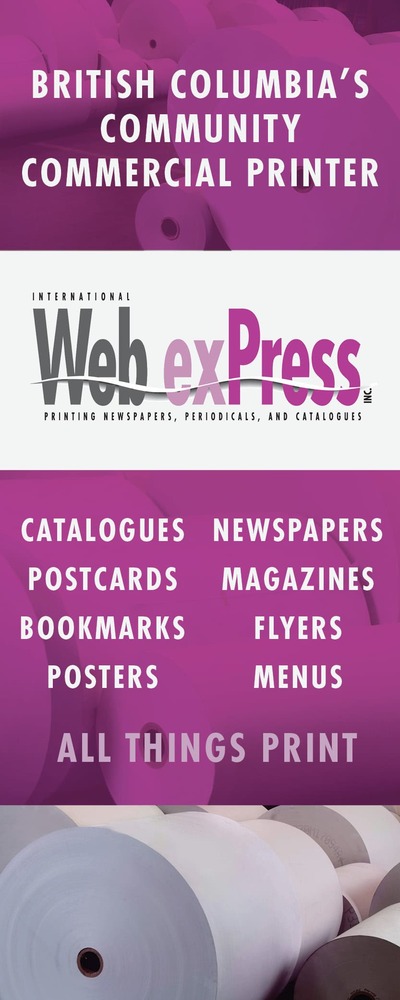


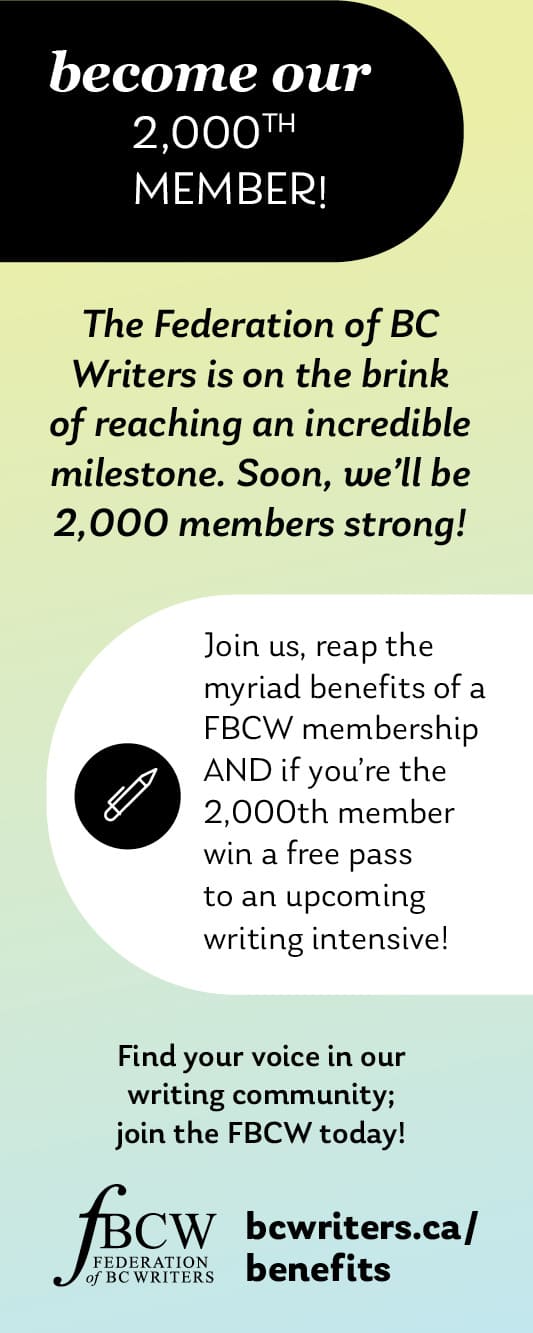
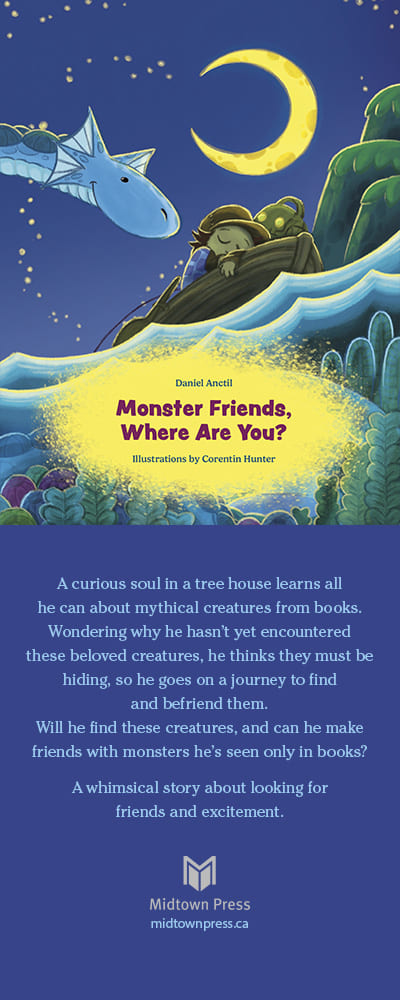


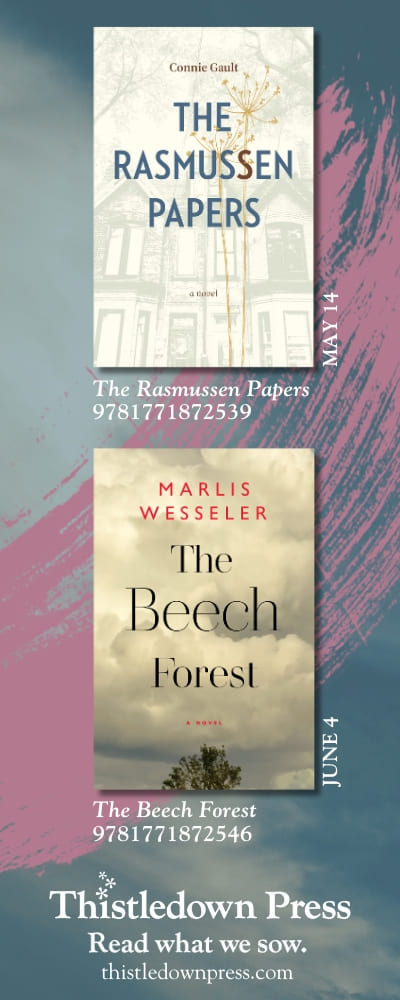
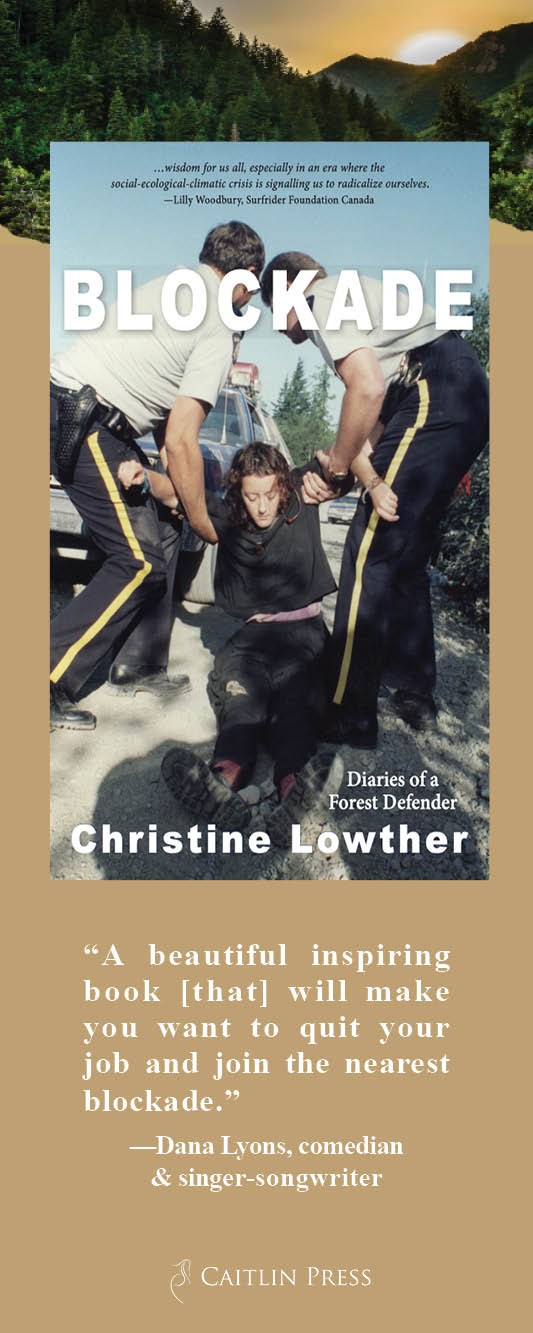
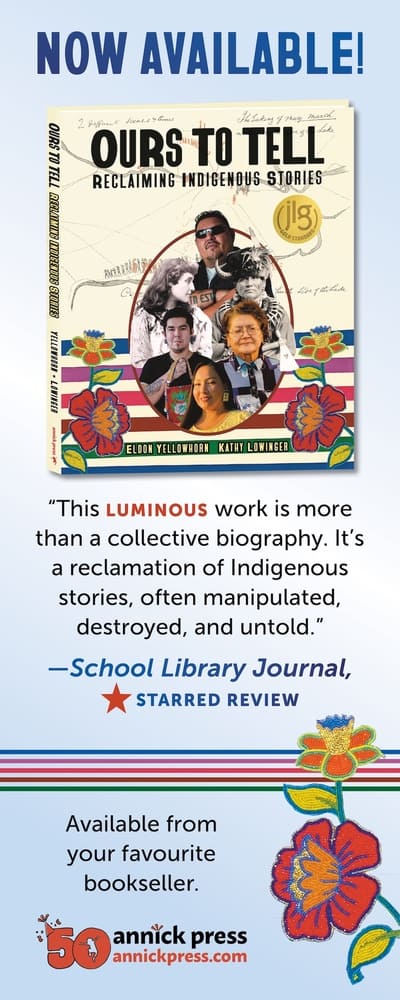
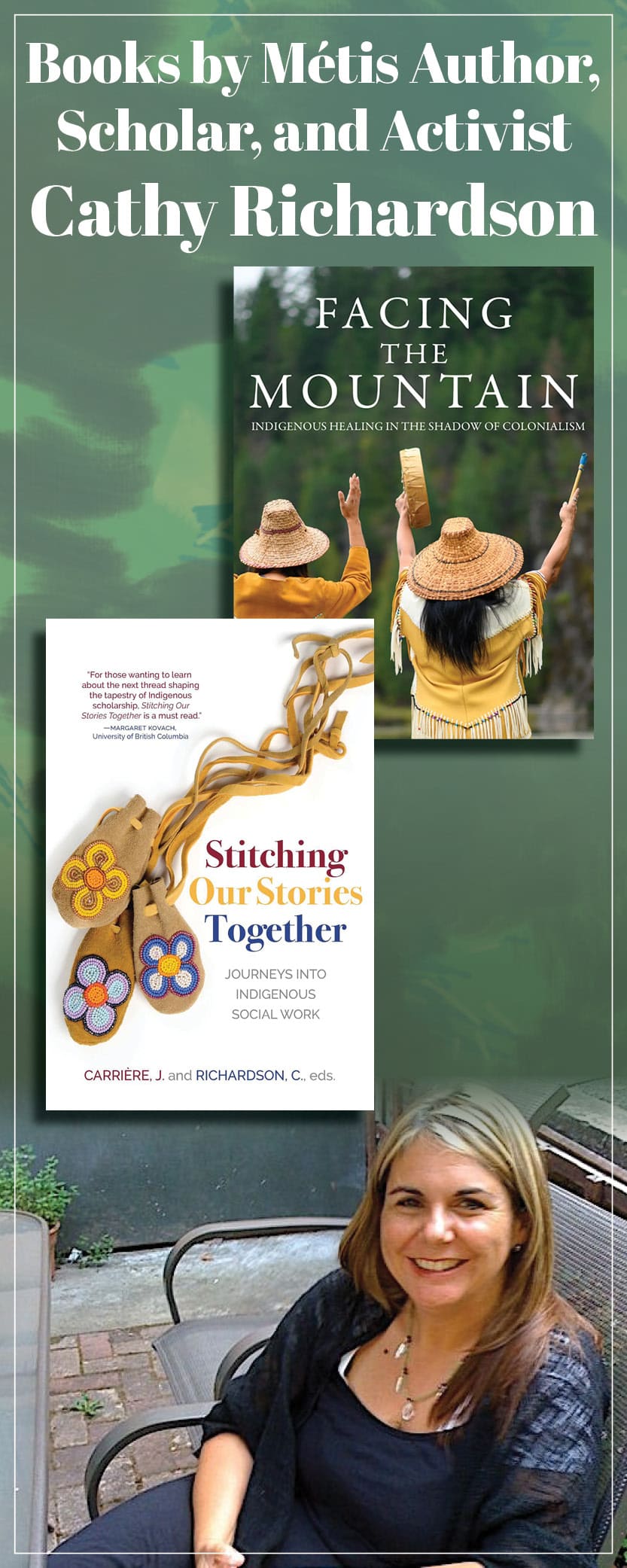
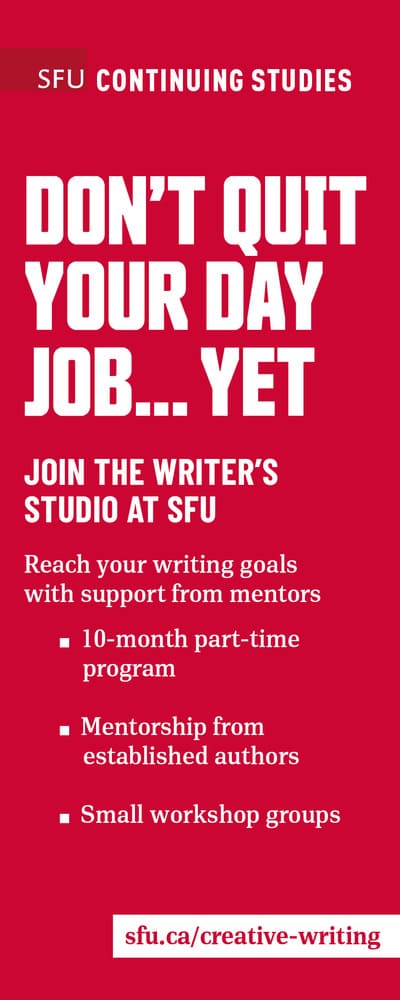
11 comments on “#890 Podiums, prototypes, and Plato”
Hey Thomas, Well done! Thought it would be more academic, but this narrative style is quite enjoyable. I look forward to the next essay!